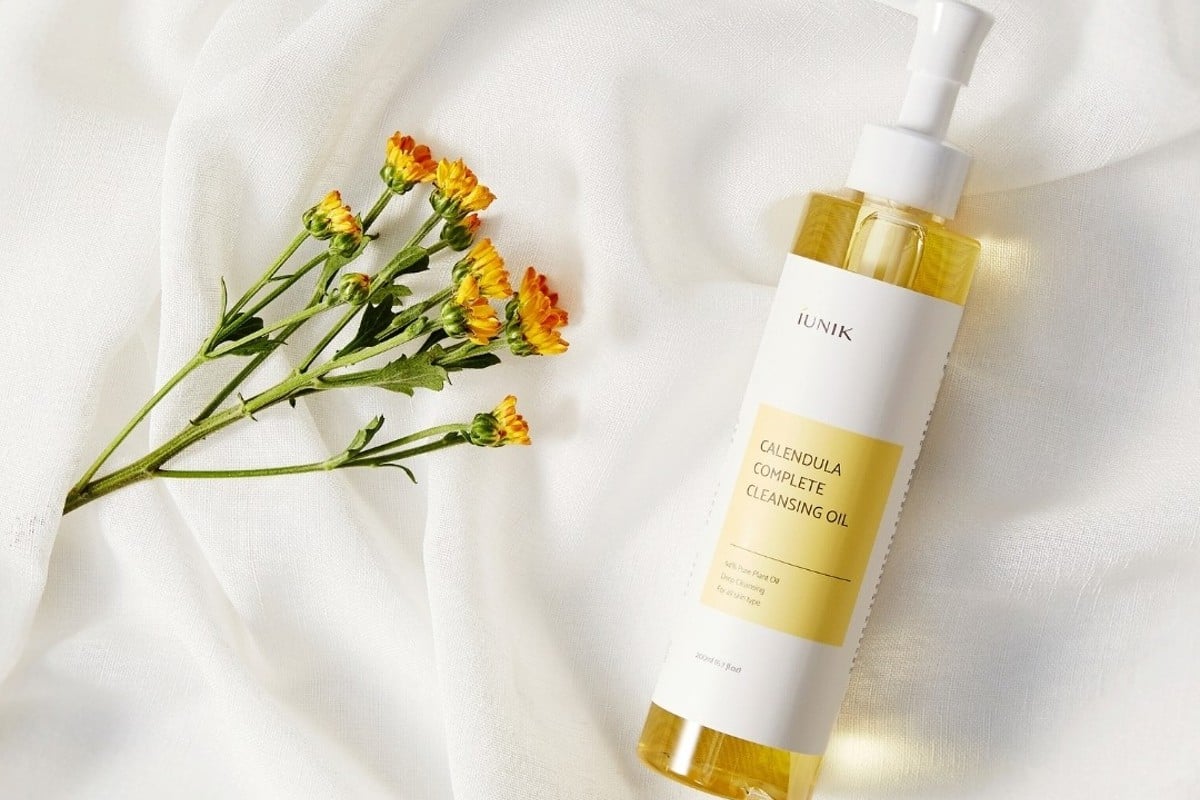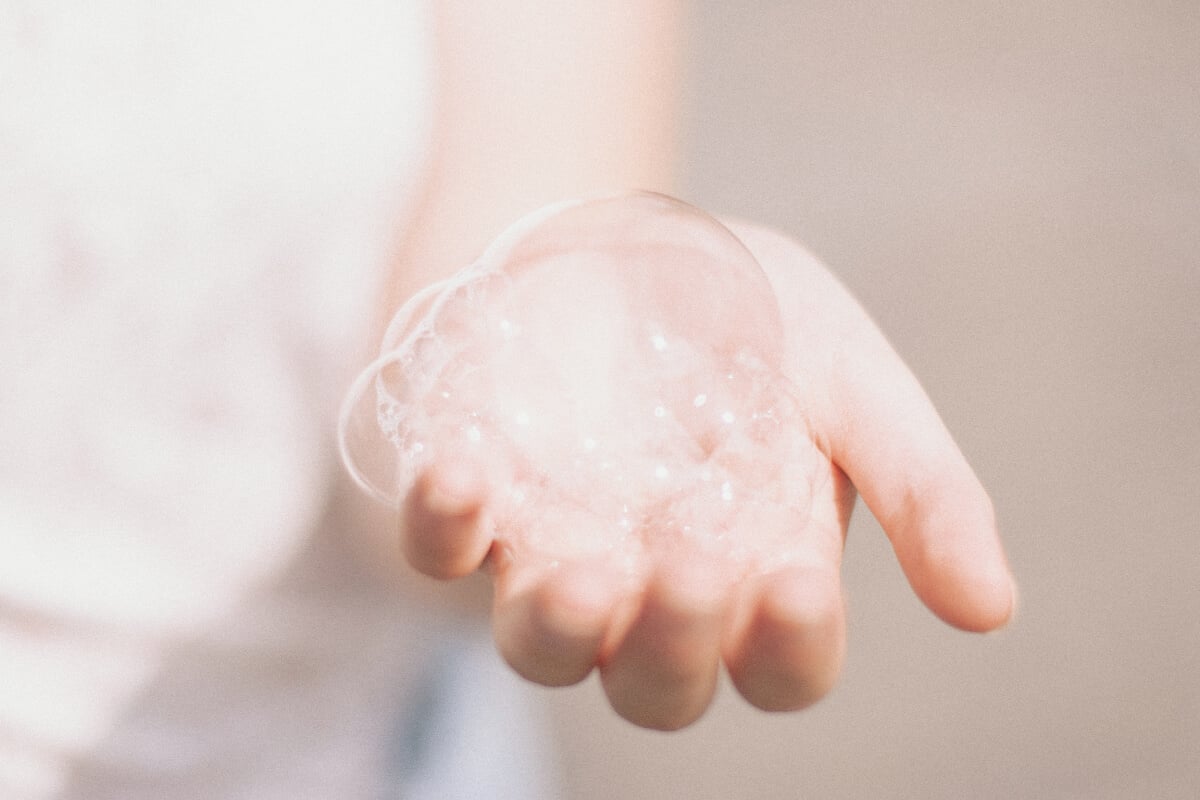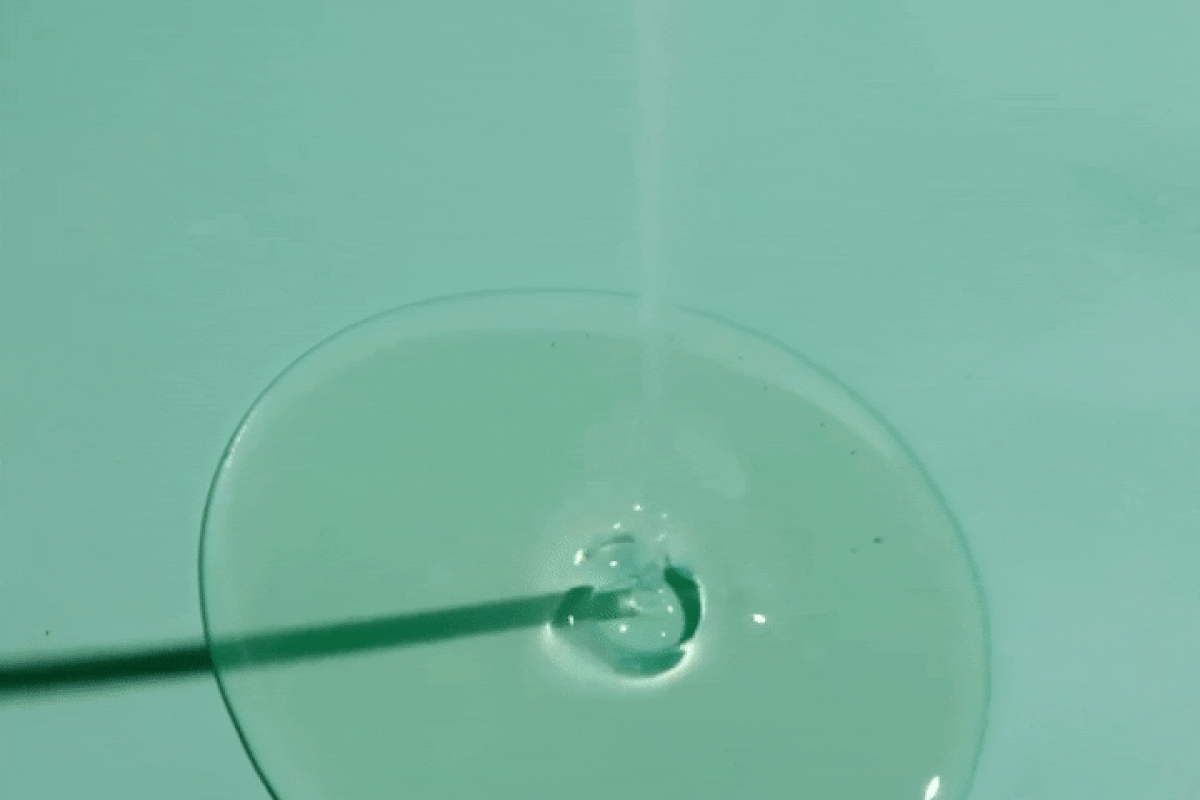Washing your face can seem prosaic, but it’s the fundamental step to begin your skincare routine. A face that’s not washed correctly can become a host for a variety of skincare issues, including clogged pores, breakouts, and dullness, so knowing how to cleanse your skin properly is key to getting the most out of it. The very basic thing to know about skin cleansing is that less is more, and overwashing won’t bring additional benefits. On the contrary, it may bother the protective barrier and make the skin more prone to external damage. Despite how simple this step may appear, there’s much more to know about how to wash your face correctly to strike the perfect balance between a cleansed face that’s not stripped or uncomfortable. And here you’ll learn all about it.
Step one: Pick the right cleanser
The cleanser you use has an essential role in the process. Washing your face with a product that’s too harsh or abrasive may disrupt the epidermal barrier and leave the skin parched and tight, therefore prone to breakouts and irritation. First, you want your cleanser to be formulated sans alcohol, synthetic fragrances, and sulfates. Even though sulfates may leave a squeaky clean feeling, they are likely to strip the skin of essential moisture, which can lead to excess sebum or extreme dryness. The same goes for fragrance and alcohol. That said, avoid products that have terms like sodium lauryl sulfate, ammonium laureth sulfate, sodium laureth sulfate, and ammonium lauryl sulfate on the ingredient list.
Instead, choose your face wash according to your type of skin. For instance, if you have oily or acne-prone skin, you should look for a non-comedogenic gel formula that aims to balance sebum and decongest the pores, like a salicylic acid face wash or charcoal cleanser. If you have dry skin, though, a cleansing oil or hydrating cleanser infused with moisture-replenishing ingredients like hyaluronic acid and squalane will do best, while a soothing face wash should be on the radar for sensitive skin.
Step two: Wash your hands
This probably goes without saying, but you should always wash your hands before cleansing your face. Washing your face with dirty hands will only spread bacteria across the complexion.
Step three: Remove makeup
Remove makeup before washing your face using a gentle makeup remover or micellar water and reusable cotton pads. Reusable makeup removers have a major impact on the environment, so my advice is to stick to them — I did a while ago. Now that you removed the foundation, highlighter, and other cosmetics, your face is ready to be washed.
Step four: Use lukewarm water
Before applying the product, wet your face with lukewarm water to prepare it for the cleanser. It’s primordial to use lukewarm water instead of hot water since the latter strips the skin’s natural moisture and is likely to leave the complexion tight and dehydrated.
Step five: Wash your face with gentle motions
Now it’s about time to use the cleanser. You don’t want to be aggressive to your face when cleansing it. Work the cleanser across the face in small circular motions for 30 to 60 seconds, covering all areas, and rinse well with lukewarm water. Don’t rub, scrub or wash your face aggressively.
Step six: Double cleanse
Some people prefer to double cleanse to get smoother and more thorough clean skin. While this is not a must-do step, it’s ok to do it, especially in the summer when the chances of sweat, grime, and pollution getting into the pores are higher. You need an oil-based face wash for the first step of double cleansing because it’s better at drawing out impurities, sebum, and gunk. The second step of double cleansing involves using a water-based face wash to eliminate any residues left behind.
Step seven: Pat dry with a towel
Let the towel do the job and absorb the water. You just have to pat it gently across the face until, without rubbing.
How often should you wash your face?
Generally, you should wash your face twice a day. Once in the morning, to get rid of bacteria accumulated from the pillow during sleeping, and once at night to dissolve pollution and debris your skin came in contact with throughout the day. If, however, you want to limit to washing your face once daily (a lot of people do it), do it at night. During the day, the skin produces higher amounts of sebum, which, mixed with grime and dead cells, can clog the pores and make pimples arise.
There are also cases when you can wash your face more often, for instance, when sweating excessively, after gym or sauna sessions. It’s important to cleanse your face as soon as possible after sweating — the longer sweat (which is mixed with dead skin and bacteria) sits on your face, the higher chance of blocking the pores and congesting the skin.
Should I wash my face if I don’t wear makeup?
You should be washing your face even if you don’t wear makeup. The skin accumulates bacteria, pollutants, and grime throughout the day, which can lead to inflammation, blackheads, and breakouts if not washed off. The takeaway? Always wash your face before dozing off.
Micellar water vs. cleanser
With endless types of products intended to clear away grime and debris, no surprise you’re often left with questions about what each of them does. For instance, many wonder if they can replace the cleanser with micellar water. The answer is yes. Micellar water is a good alternative to a face wash as it works great at dislodging dirt, grease, and oils from the skin’s surface. Micellar water is a water-based liquid product that contains tiny suspended oil particles known as micelles. These micelles are highly effective at dissolving makeup, oil, and dirt and keeping the skin clearer. When considering choosing micellar water versus cleanser, micellar water might be more suitable for people with easily reactive skin, especially if it’s formulated without surfactants.
How to wash your face without getting water everywhere
It’s likely a question that came to your mind when you made a puddle on the bathroom floor — it happens to all of us. A Redditor claims the mess made her not want to wash her face unless in the shower, and with so many upvotes, it seems she’s not alone. The solution? Slip a scrunchie around your wrists to prevent water from dripping down.
The takeaway
Cleansing your face — day in, day out — may be monotonous, but it’s a rewarding step if you know how to do it. Washing your face correctly means dissolving grime, dust, and pollutants without depleting the skin of essential moisture. If your complexion feels uncomfortable and tight after washing, you know you’re not doing it well, so you should reconsider how often you wash your face and what type of cleanser you use. The cleanser should always be in harmony with your skin’s needs to get the most out of the process. Luckily, with these steps, you can get the perfect canvas without any parch feeling, dryness, or sensitivities.





